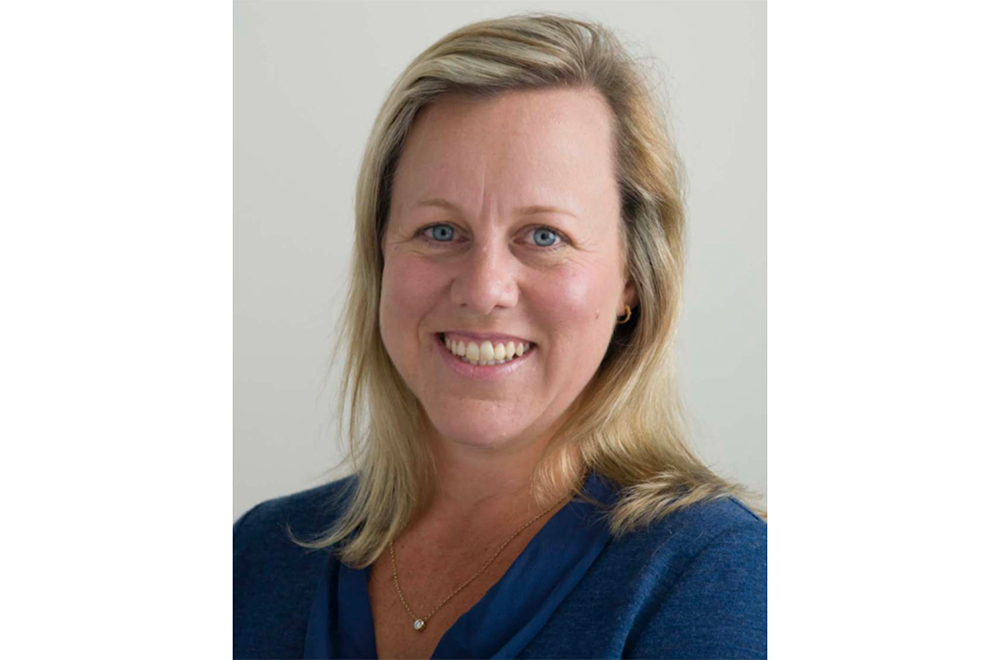COVID-19 triggered self-isolation is affecting the way Australians live, including those who experience disability. Ensuring continuity of essential services, access to assistive technologies (AT) and personal protective equipment (PPE) are just some of the challenges that are being faced.
F2L spoke to Associate Professor, Libby Callaway from the Rehabilitation, Ageing and Independent Living (RAIL) Research Centre at Monash University, to gauge her views on what measures were necessary so people with disability could receive what they need to deal with coronavirus.
Callaway is also president of the Australian Rehabilitation and Assistive Technology Association (ARATA), a peak body for AT stakeholders in Australia, and many AT stakeholders, including AT users, advisors and providers, are experiencing the impact of coronavirus in the area of AT.
ARATA has been working with the National Disability Insurance Agency (NDIA) AT team as they develop policies to ensure continuity of services for participants in these unprecedented times, Callaway said.
Many participants were concerned about essential services. What is an essential service? Is my occupation therapist (OT) an essential service? Is my direct support worker an essential service?
“Initially the government focused on people in the health and aged care systems but not enough attention was given to people with disability and their needs in the early stages of the COVID-19 pandemic. There is now clarity from the government that allied health services for people with disability are an essential service.”
Another issue for people with disability and providers was the lack of access to PPE with the challenge of social distancing when receiving or delivering personal care. Some people with disability are trying to reduce their risk of exposure to COVID-19 by reducing external support staff who enter the home, and increasing reliance on families for support.
A new era has begun, driven by demand for social networking platforms and nowhere is the digital divide more evident than in the disability landscape.
“Australia’s Digital Inclusion Index, when coupled with research from ARATA members, clearly highlights that people with disability have less access to the internet and mainstream technology which are necessary for connecting to services like telehealth,” Callaway said.
However, it is a complex environment when it comes to privacy issues that must be balanced, so people with disability have the right to choose what is convenient and most affordable, whilst considering data privacy and safety.
“My position on this is that people should be aware of risks but keep in mind the opportunities that exist and then make an informed choice about what is best for them. Learning how to use Zoom to click on a meeting is a lot easier than complex telehealth platforms, however privacy and data security must be considered. Using a technology platform that has a user name, password and multiple access gateways can be difficult unless technical assistance is available to a person if they need that support, for example in the case of those with a cognitive disability or low vision.
“As OTs registered with APHRA we have a responsibility to use secure platforms that comply with Australian privacy laws whilst balancing accessibility and affordability for someone who is living in the community, and therein lies the dilemma.
“For a person with disability who may choose to use Zoom, What’s App or Facebook Messenger for video linking but which their therapist may not use because of registration requirements or choose not to because of a perceived risk, this has potential to leave the person with less access to therapy services during COVID-19.”
Callaway said that people with disability have been advocating for many years for equal access to and inclusion within community activities, which now have become available due largely to COVID-19. “For example there is access to live streaming of the Melbourne Zoo and 3D tours of the National Gallery that did not exist before. It has taken a pandemic to achieve what people with disability and their families have been wanting for years.”
The opportunities are there but there is still a lot of work to do to when it comes to digital affordability, digital literacy and digital inclusion for people with disability and their families, she said.
“Growing telehealth options for example are going to offer so much especially to regional Australia as more clinicians, including OTs, are embracing this service that was previously seen as a specialist role.
“Let us hope that all of these gains that have been made will not disappear and be made to work well.”

